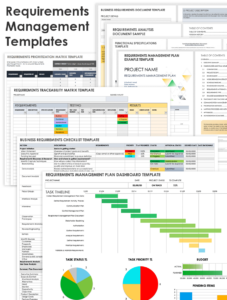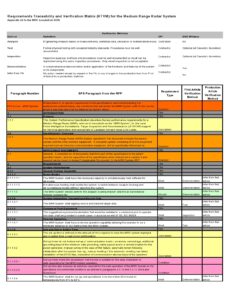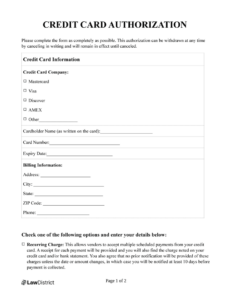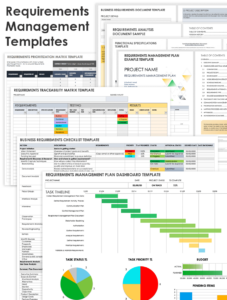A requirements traceability matrix (RTM) is a document that maps requirements to other project artifacts, such as test cases, design documents, and code. An RTM helps to ensure that all requirements are accounted for and that changes to requirements are properly tracked.
There are many different ways to create an RTM. One common approach is to use a spreadsheet. Each row in the spreadsheet represents a requirement. Each column in the spreadsheet represents a project artifact. The cells in the spreadsheet contain information about the relationship between the requirement and the project artifact.
What are the benefits of using an RTM?
There are many benefits to using an RTM, including:
- Improved visibility and traceability: An RTM provides a single source of truth for all requirements-related information. This makes it easier to see how requirements are related to other project artifacts and to track changes to requirements.
- Reduced risk: An RTM helps to reduce the risk of errors and omissions in the requirements-gathering and development process. By mapping requirements to other project artifacts, it is easier to identify and address any gaps or inconsistencies.
- Improved communication: An RTM can help to improve communication between different stakeholders in a project. By providing a shared understanding of the requirements, it is easier to avoid misunderstandings and disagreements.
How to create an RTM
There are many different ways to create an RTM. One common approach is to use a spreadsheet. Each row in the spreadsheet represents a requirement. Each column in the spreadsheet represents a project artifact. The cells in the spreadsheet contain information about the relationship between the requirement and the project artifact.
Here are some tips for creating an RTM:
- Start with a clear understanding of the requirements. Before you can create an RTM, you need to have a clear understanding of the requirements. This means gathering all of the relevant requirements documents and understanding the relationships between the different requirements.
- Identify the project artifacts that are relevant to the requirements. The next step is to identify the project artifacts that are relevant to the requirements. This may include test cases, design documents, and code.
- Map the requirements to the project artifacts. Once you have identified the relevant project artifacts, you need to map the requirements to them. This means identifying the specific relationships between the requirements and the project artifacts.
- Review and update the RTM regularly. The RTM is a living document that should be reviewed and updated regularly. This will help to ensure that the RTM remains accurate and up-to-date.
Conclusion
An RTM is a valuable tool that can help to improve the quality and efficiency of the requirements-gathering and development process. By following the tips in this article, you can create an RTM that will help your project to succeed.
There are many different resources available to help you create an RTM. These resources include books, articles, and online tools. If you need help creating an RTM, I recommend that you consult one of these resources.



